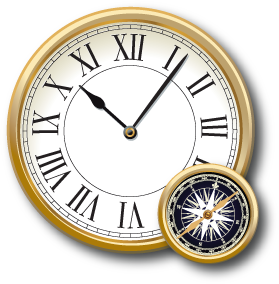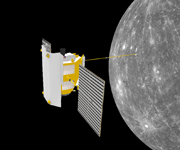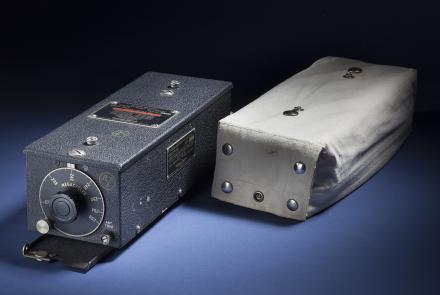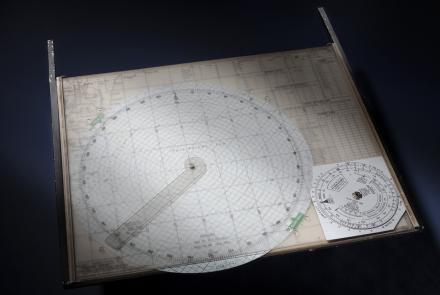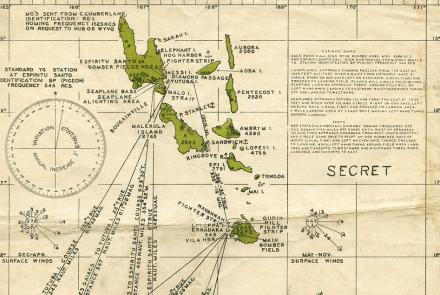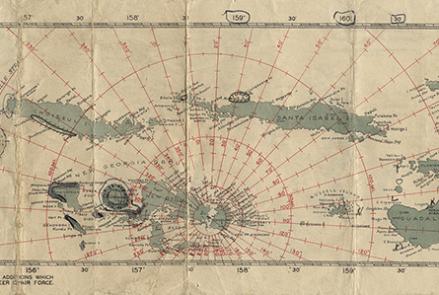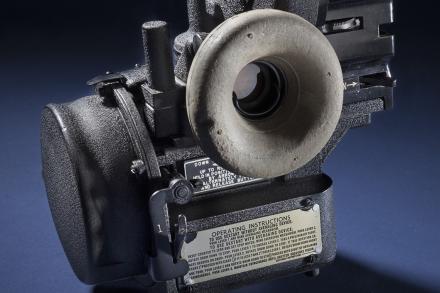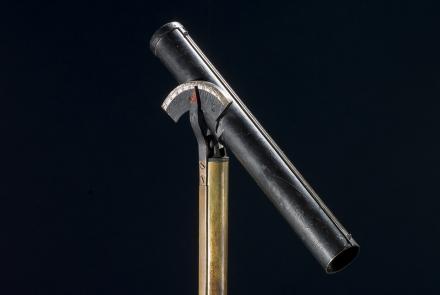The Problem of Naval Aviation
Innovations
A significant wartime innovation for naval aviators was the YE-ZB radio system, which enabled aviators to find their aircraft carrier without giving away its position.
The ship broadcast Morse code letters in 30-degree arcs. The aircrew flew a heading assigned to the letter. The signals were modulated so they would sound like static if heard without the ZB-1.
The crews of carrier-based aircraft had to keep track of their own position as well as that of their aircraft carrier. This type of plotting board allowed them to track the movements of each and plot a return course.
Lt. Reinhardt Leu used this chart in 1943 while flying Vought F4U Corsairs with squadron VMF-215, based on Espiritu Santo and then Bougainville. Leu and his fellow pilots had to navigate long distances over water in single-engine airplanes, with little hope of rescue if they had to bail out.
Lt. Reinhardt Leu used this chart in 1943 while flying Vought F4U Corsairs with squadron VMF-215, based on Espiritu Santo and then Bougainville. Leu and his fellow pilots had to navigate long distances over water in single-engine airplanes, with little hope of rescue if they had to bail out.
Lt. Reinhardt Leu used this chart in 1943 while flying Vought F4U Corsairs with squadron VMF-215, based on Espiritu Santo and then Bougainville. Leu and his fellow pilots had to navigate long distances over water in single-engine airplanes, with little hope of rescue if they had to bail out.
This averaging sextant was reliable and accurate but heavy. It saw wider use in the Navy than in the Army. The hook allowed the navigator to hang the bulky sextant from the top of an astrodome for more precise readings.
A Gatty-style drift sight was complex, heavy, and less effective for overwater flying. The Pelorus drift sight was smaller and lighter but required more manual calculation and the use of flares or smoke bombs in certain conditions.
The float light was a smoke-producing flare designed to be dropped by an aircraft over open water for drift sighting during the day or night. This type would have been used from the late 1930s through World War II.


